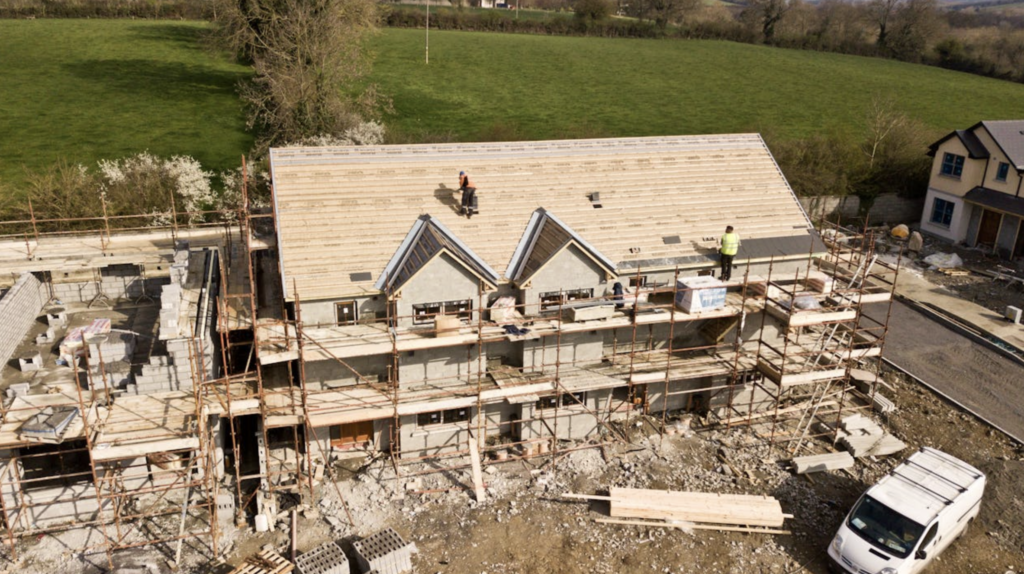The choice of materials determines the sustainability and lifetime of building construction. From ancient architectural wonders to contemporary skyscrapers soaring to new heights, construction material durability has always been crucial. Durable materials help buildings to resist environmental elements and time.

Durable materials matter in construction
Construction calls for robust materials to create long-lasting buildings. These materials have to resist chemical breakdown, weathering, and physical wear. For example, precast retaining walls show how contemporary materials could boost a construction’s lifetime. Precast retaining walls’ robustness, versatility, and ease of installation appeal to many architectural projects. These walls are worth considering for long-term development since they save time and money and enhance structural integrity.
Key durable materials in modern construction
Buildings require several strong materials to guarantee structural endurance. Common materials include concrete, steel, and brick. Reinforced concrete is well-recognized for its strength and load-bearing capacity. Its weather resistance makes it ideal for buildings in demanding surroundings.
Modern structures likewise depend heavily on steel. Because of its great tensile strength, steel is used in huge building frames like bridges and skyscrapers. Its exceptional stress resistance and compression make it a necessary building tool. Proper maintenance of steel helps it resist corrosion, therefore preserving buildings’ solidity and security.
One of the first building materials, brick, is still somewhat common because of its longevity. It’s energy-efficient, fireproof, and strong. Brick walls are one sustainable building element with minimal maintenance over millennia.
Durable material innovations
New materials generated as construction technology develops help boost building durability. Composite materials’ strength, lightweight, and environmental resistance help explain their popularity. These materials combine the best qualities of several compounds to produce a stronger, more lasting product.
Another groundbreaking material being used to create bridges, buildings, and other robust, durable constructions is fibre-reinforced polymer (FRP). FRP’s corrosion resistance qualifies it for buildings subjected to dampness and chemicals. Its low weight reduces structure load, therefore extending its lifetime.
Durable materials’ environmental impact
Additionally, durable building materials are environmentally friendly. Durable materials help to reduce the need for repairs and replacements, saving resources and energy. This advances sustainability and lessens the carbon footprint of building projects.
Strong materials, including steel and concrete, can be recycled after a building’s lifetime. Recyclability improves environmental credentials by reducing landfill waste and preserving natural resources.
In addition to recyclability, durable materials help the circular economy in building. Integrating reusable materials into new projects extends their lives beyond a building’s use. This method reduces waste and encourages material recovery and reuse innovation. Durable and recyclable materials will help the construction sector become more sustainable and responsible in building design and construction.
Conclusion
Long-lasting buildings depend critically on durable materials. Choosing the right materials becomes even more crucial given the demand for strong, environmentally friendly buildings. The building industry is developing to meet the challenges of the future, Using concrete, steel, and new composites. Durability guarantees that for future generations, our buildings will be safe, secure, and environmentally friendly.
Photo credits: Pexels
